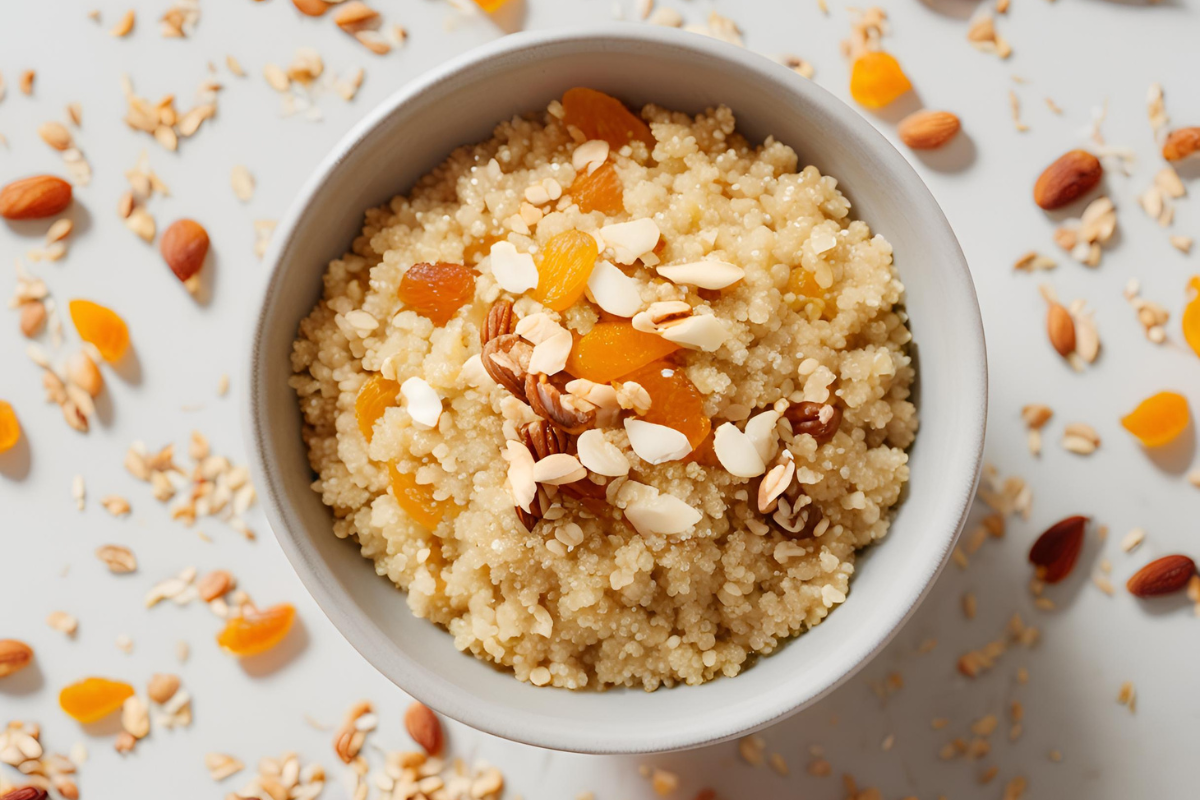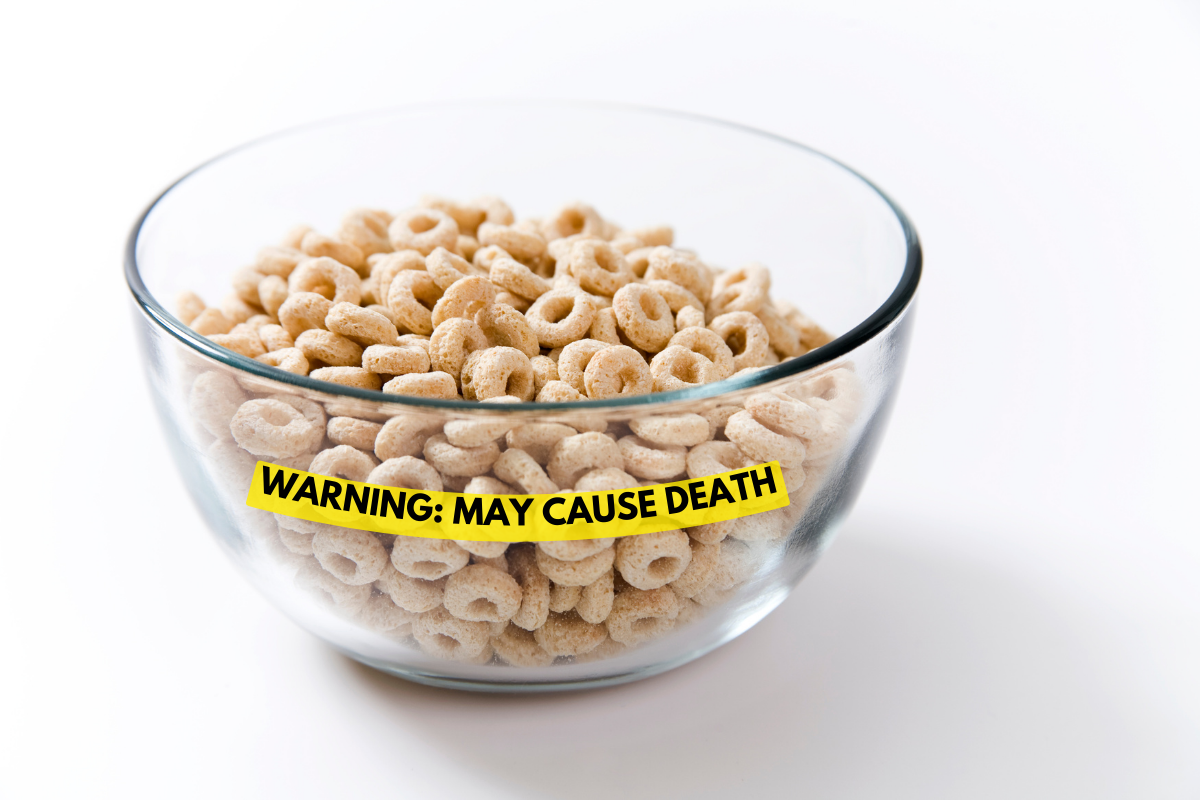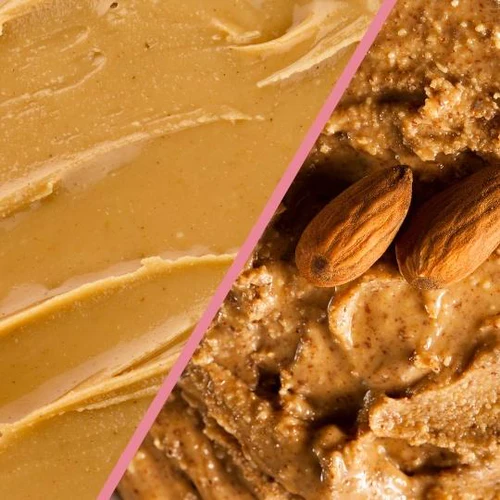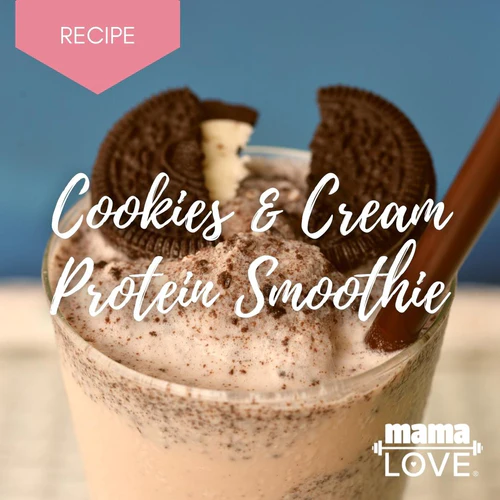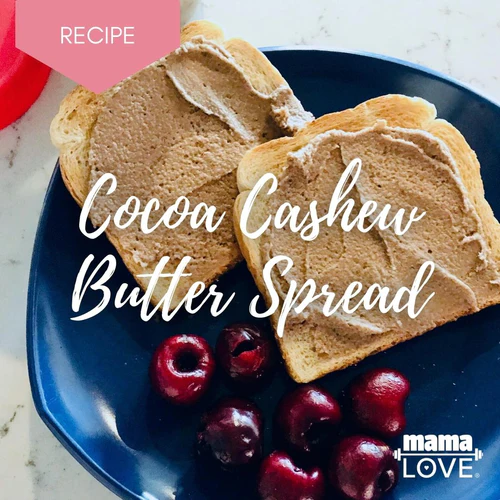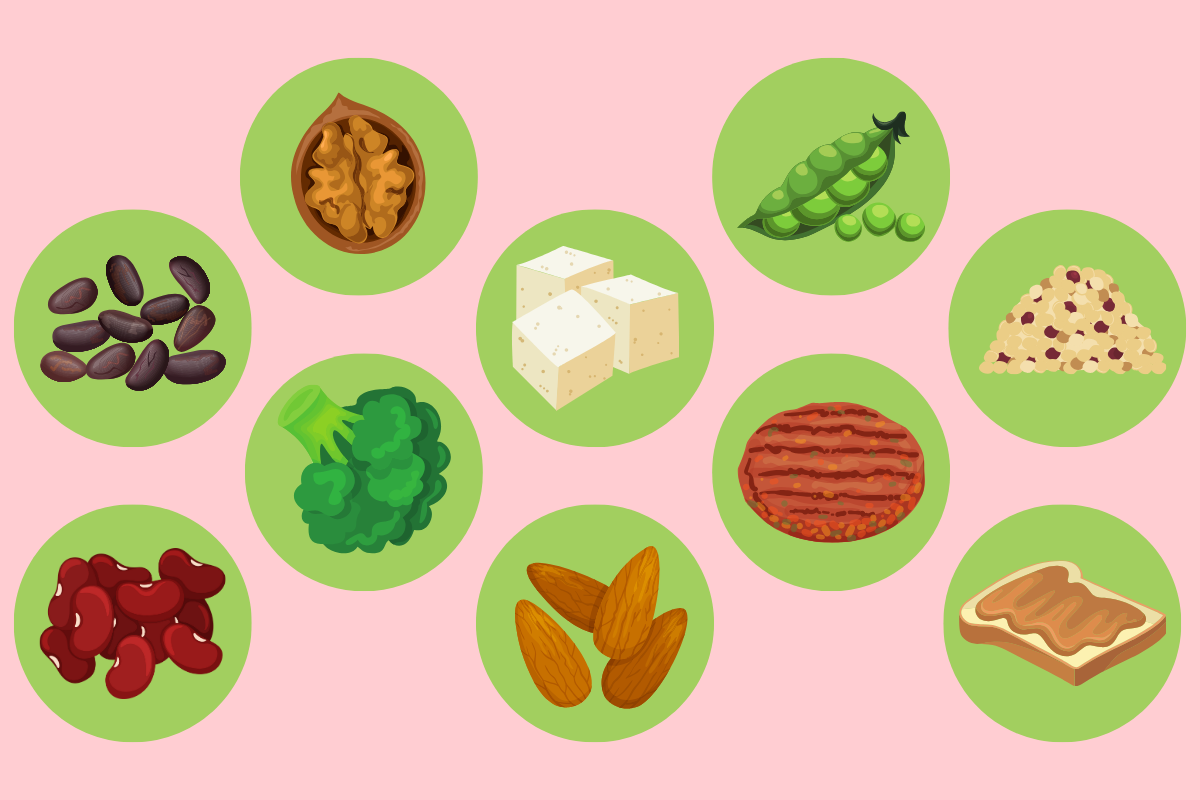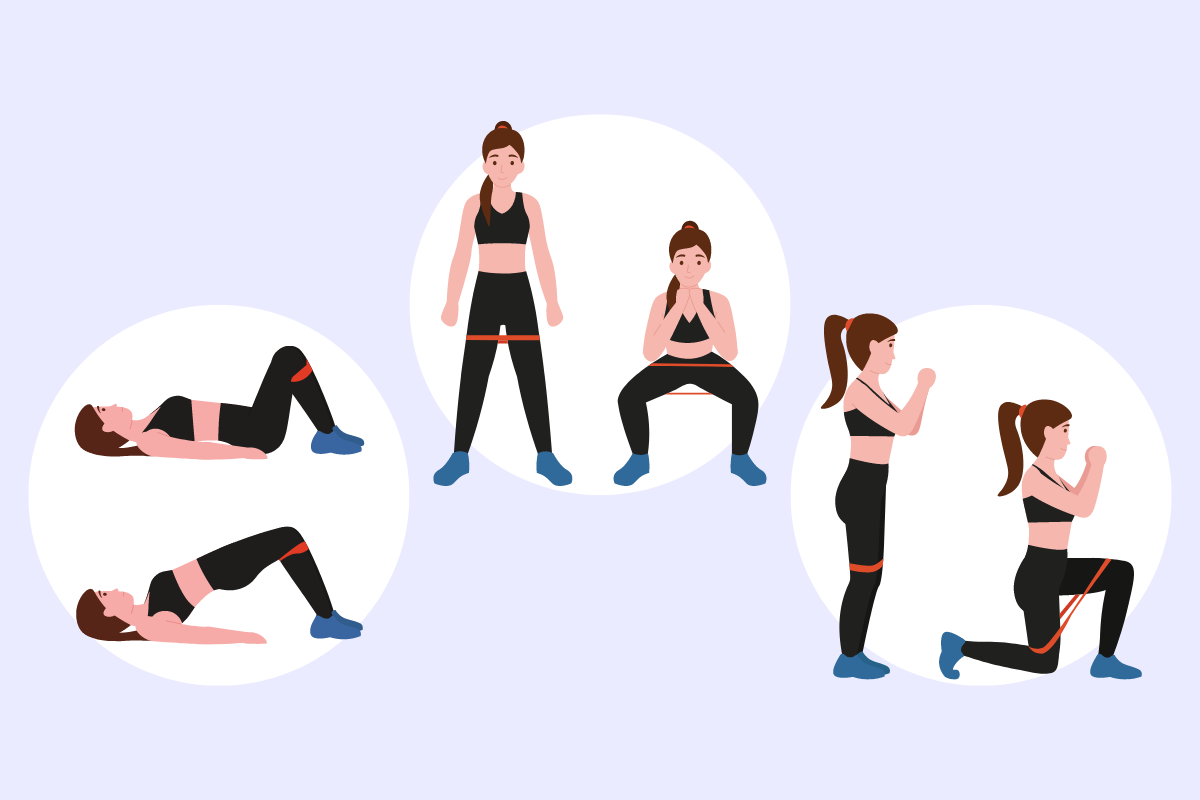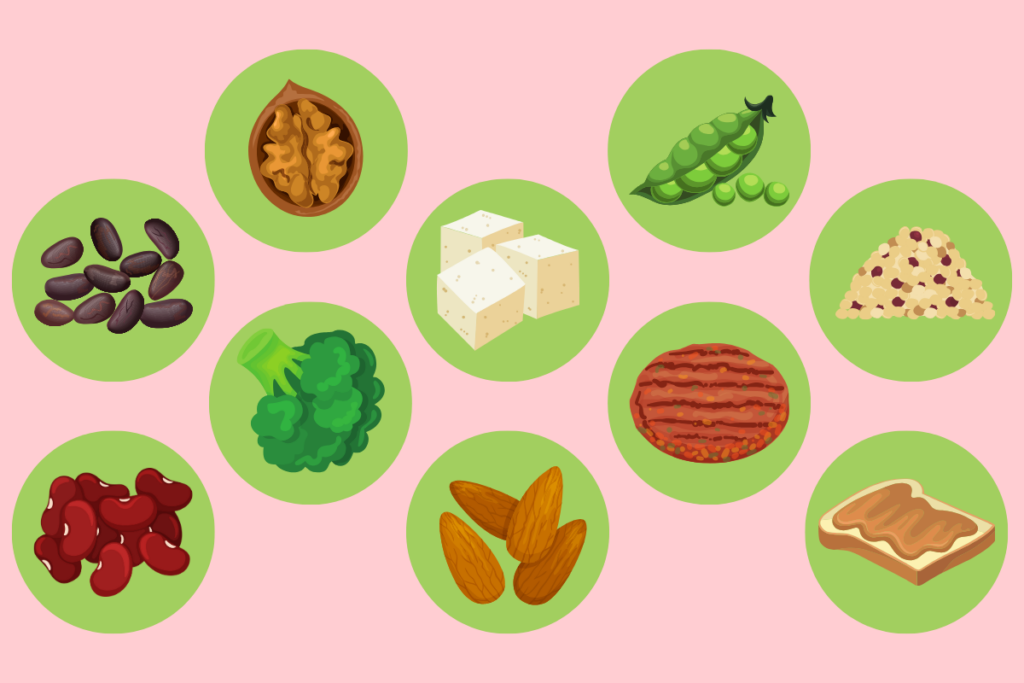
Have you ever been on a low carb diet? If you’re like 70% of Americans today, the answer is yes. (That number seems high to me, but eating plans like Keto and Atkins are SUPER popular, so maybe there’s truth in it.)
As a certified health coach, I have a problem with plans that make entire food groups off limits. You end up missing out on a TON of great vitamins and nutrients.
Still, most moms would benefit from increasing their daily protein.
How Much Protein Does a Mom Need?
The average, lightly active woman in the US needs anywhere from 56 to 84 grams of protein per day.

The minute she becomes a mom, her daily protein target increases by at least 13 grams, and it remains elevated until around the time her kids can do their own laundry (1, 2).
If she decides to tackle a fitness goal, during any of these motherhood stages, her protein requirement rises again—24 to 52 grams depending on age, activity level, and several other factors (3).
After crunching all the numbers, the average mother needs a daily minimum of 69 and a potential maximum of 161 grams of protein.
I’ve experienced this elevated protein need first-hand. And as an active mom, I had to account for the needs of a growing baby boy (and later, a girl) into my daily nutrition—not to mention the energy requirements of running after them.
But focusing solely on protein and trying to completely cut carbohydrates out of your life is the wrong approach. Why? Because there are redeeming qualities in every food*—especially healthy carbs, like vegetables and whole grains.
*Except for Jell-O—unless you’re deficient in sugar (LOL), there is nothing of nutritional value in the jiggly stuff.
Let’s look at peas, for example.
Can You Eat Peas On Low-Carb Diets?
If you’re following the strict versions of the Whole 30, Paleo, and Keto diets, peas are a no-no. But they’re loaded with vitamin C, vitamin E, and zinc—nutrients that have all been shown to support your immune system (4). (I don’t know anyone who isn’t interested in boosting immune function with COVID-19 swirling around!)
Plus, peas pack a protein punch. Half a cup of the typical, garden-variety green peas serves up 4 grams of protein in just 62 calories (5). Yellow peas offer twice the amount of protein as their green cousins.
Fresh peas are also full of fiber, a nutrient that works together with protein to help you feel full by slowing down digestion, and keep your blood sugar level even (6). It also helps the good bacteria living in your gut thrive, which can ease digestive issues like gas and constipation.
As the mom of Mama Love Chocolate Protein, you should know I love peas! They provide a complete source of protein that promotes muscle repair, increases satiety, supports breast milk production in lactating mothers, and more.
So where does that leave diet culture, and the drive to forego carbs? Not completely off base, but certainly lacking when it comes to powerful phytonutrients.
Diet Culture Is Missing Out on Healthy Nutrients
If your goal is to lose weight, in theory, any diet can help you do that. Many pros will show you that it’s all about calories in and calories out—create a deficit by eating fewer calories than you burn each day, and you’ll see the scale move.
Low carb diets can work for some eaters. Low fat diets can work for others. And so-called “high-carb” or plant-based meal plans can, too.
But the fad diets that eliminate entire food groups are also eliminating healthy nutrients that your body could be using to ramp up your immune system, help you successfully do a pull-up, remember where you left your car in the parking lot, or even sustain a tiny human.
Eating right is all about finding the balance that’s RIGHT for YOU—making sure you’re hitting your daily protein target, giving your digestive system enough fiber to work happily, and not getting so caught up in the “naughty or nice” food lists.
Protein is extremely important, but the only diet that works for the long-haul is the one that keeps you healthy.
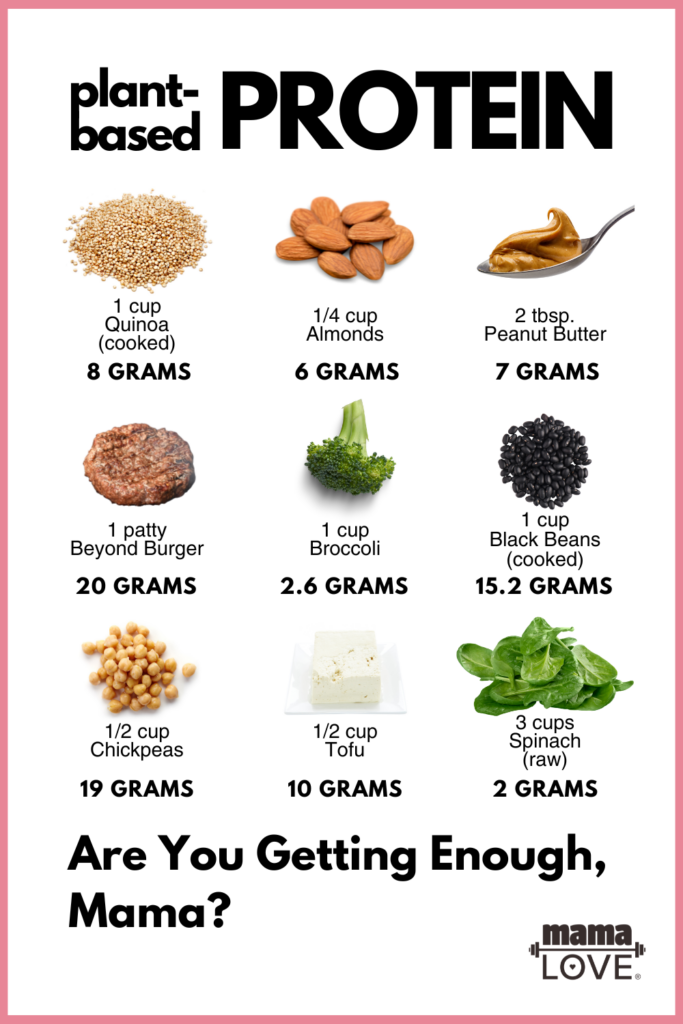
Sources:
- Kominiarek MA, Rajan P. Nutrition Recommendations in Pregnancy and Lactation. Med Clin North Am. 2016;100(6):1199-1215. doi: 10.1016/j.mcna.2016.06.004
- Morris, T. (2016) The Power of Protein: How Much Should You Really Be Eating? The Fitbit Blog.
- USDA National Agricultural Library. DRI Calculator for Healthcare Professionals. Food and Nutrition Information Center. (Accessed: November 30, 2021.)
- Shakoor, Hira et al. “Immune-boosting role of vitamins D, C, E, zinc, selenium and omega-3 fatty acids: Could they help against COVID-19?.” Maturitas 143 (2021): 1-9. doi:10.1016/j.maturitas.2020.08.003
- Elliott, B. (2017) Why Green Peas are Healthy and Nutritious. Healthline.com.
- Lattimer, James M, and Mark D Haub. “Effects of dietary fiber and its components on metabolic health.” Nutrients vol. 2,12 (2010): 1266-89. doi:10.3390/nu2121266

